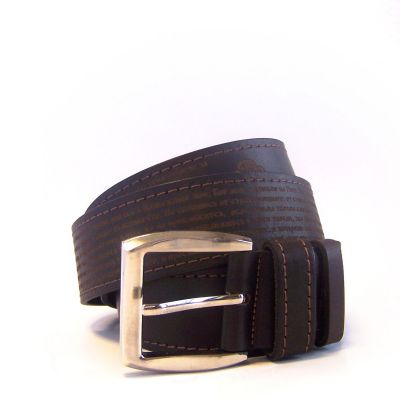This website uses cookies to ensure you get the best experience on our website. Read more
How To Remove Coal Stains
 29Mar
29MarAs you know, priest and deacon sticharia are the most at risk, as altar servants spend the most time cleaning and polishing the censor burners, lighting them and keeping them ready at the right moment.
The coal may drop on a garment when it crumbles or falls out of a pincer. It is also easy to leave a soot stain by rubbing with a dirty hand or by inadvertently touching an uncleaned censor burner or the side of a censor box with one's sleeve. Worse still, burning coal may fall on a garment during censing. The mishap always has consequences — a burn hole, or at least a stain.
Coal and soot stains have a bad reputation. But we have our ways of dealing with them. Here is an example of a common fabric used in our workshops to make undercassocks for most customers, and another sample of fabric widely used to make liturgical vestments. Observe the result.
First, put the stain in water, then wash with a sponge soaked in household soap and rinse. This procedure gets rid of the coal particles that are easiest to remove. That does not eliminate the stain entirely, so let us go ahead to prepare the cleaning potion.

Mix white vinegar with some dishwashing liquid (e.g. Fairy) in equal parts, and add some soda. Quickly pour the liquid over the stain and rub it with a clean sponge. The stain disappears almost immediately. Presumably, the mix somehow expells the tiny particles of coal trapped among the fibres. Anyway, the result is impressive!
Seeing is believing. Click the link below to watch this short clip with the procedure and appreciate the effect:
So far, we have considered synthetic fabrics with denser fibres. Some vestments are also made from natural fabrics, like cotton-wool undercassocks. We took a sample of a natural fabric and tested the method you have just seen. The result is satisfactory in 90% of cases. You can repeat the same procedure, or use a more potent means: bleach and stain remover, like ACE from P&G. Again, put a few drops of the liquid on the stain, rub with a sponge, leave for up to two minutes and view the result. Leaving the liquid too long would be somewhat risky even for whites. You might want to try an alternative stain remover for colours. Anyway, do not put the liquid too far away in case you might need it urgently.
I hope that you will find our advice useful. Your comments and feedback are most welcome, and we encourage you to share your experiences of dealing with stains.






















